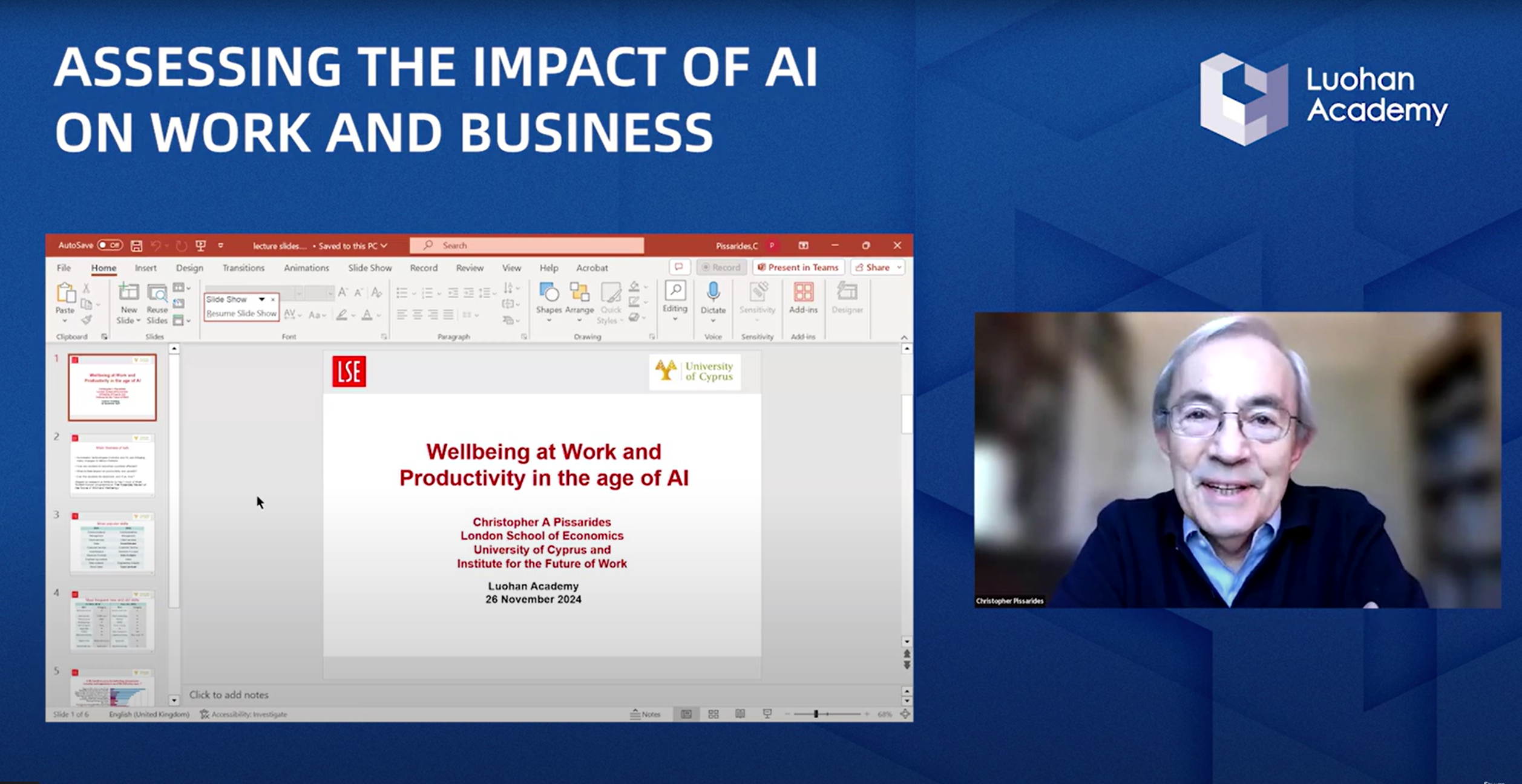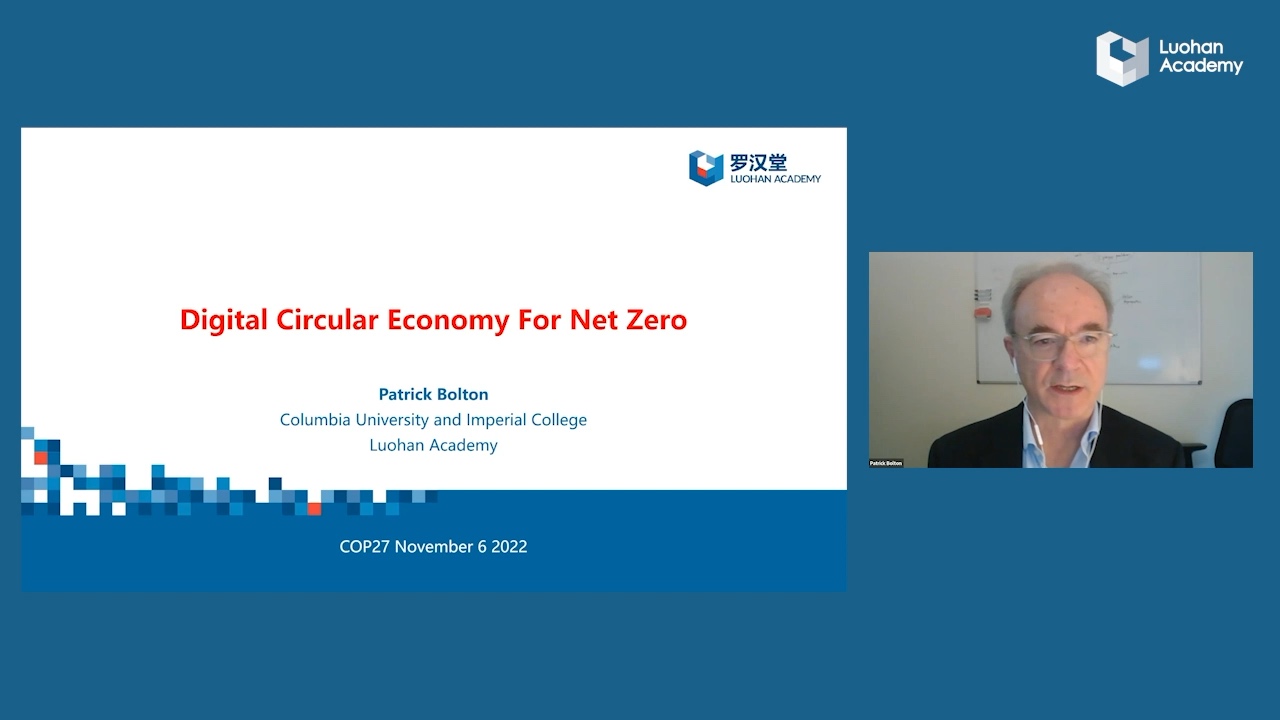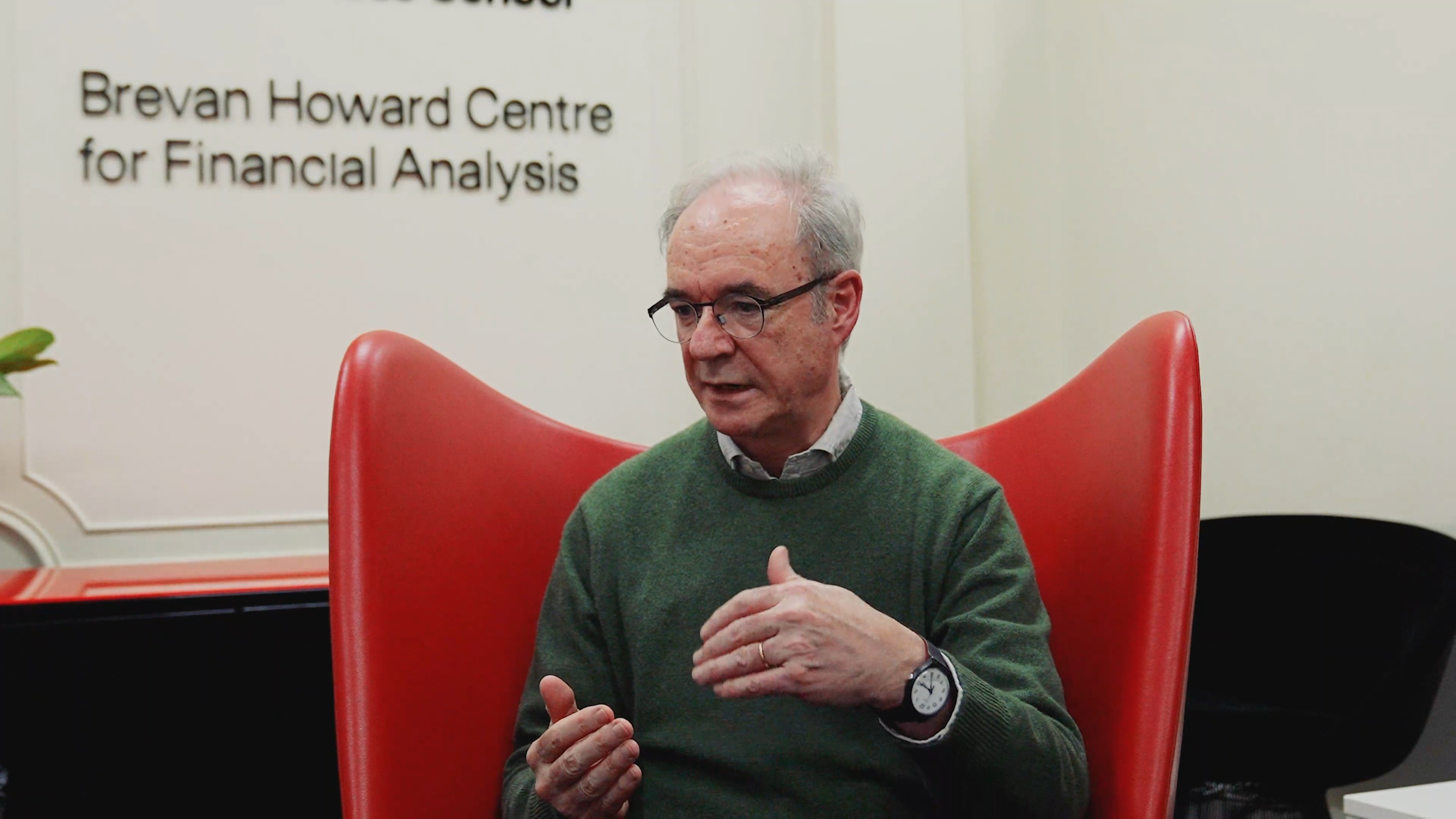Sumit Agarwal, Wenlan Qian, Yuan Ren, Hsin-Tien Tsai, Bernard Yeung
LHA Working Paper No.LHA20201002
May 2020
We utilize the introduction of QR-code payment technology by the largest bank in Singapore in 2017 to study how mobile payment technology reshapes economic activities and stimulates business creation. After the introduction, business-to-consumer industries witnessed a higher growth rate of business creation by 8.9% per month relative to business-to-business industries, with the effect driven by small firms and more pronounced among industries with a higher cost of cash handling. Underlying this pattern is a strong adoption of mobile payment and a large decline in cash ATM withdrawals during the post-shock period, as well as closure of ATM machines by the bank. The reduced transaction cost also allows consumers to increase their spending capacity, which further fosters business growth. Interestingly, part of the increased consumer demand is captured by credit card spending, which associates with more credit card opening and higher credit limit provision by the bank. We develop a model to rationalize the responses and extend the empirical evidence to understand the key structural parameters that drive the effects of mobile payment technology.
JEL classification: E42, D12, D14, G21, O43
Keywords: FinTech, Mobile payment, Cash, Credit card, Real effect, Small business, Business creation, Entrepreneurship, Consumption, Banking, Digital economy, Transaction cost, Inclusive growth
Sumit Agarwal: NUS Business School, National University of Singapore, ushakri@yahoo.com
Wenlan Qian: NUS Business School, National University of Singapore, Fellow of Luohan Academy, wenlan.qian@nus.edu.sg
Yuan Ren: NUS Business School, National University of Singapore, yuan.ren@u.nus.edu
Hsin-Tien Tsai: Department of Economics, National University of Singapore, ttsai@nus.edu.sg
Bernard Yeung: NUS Business School, Department of Finance, bizyeung@nus.edu.sg









